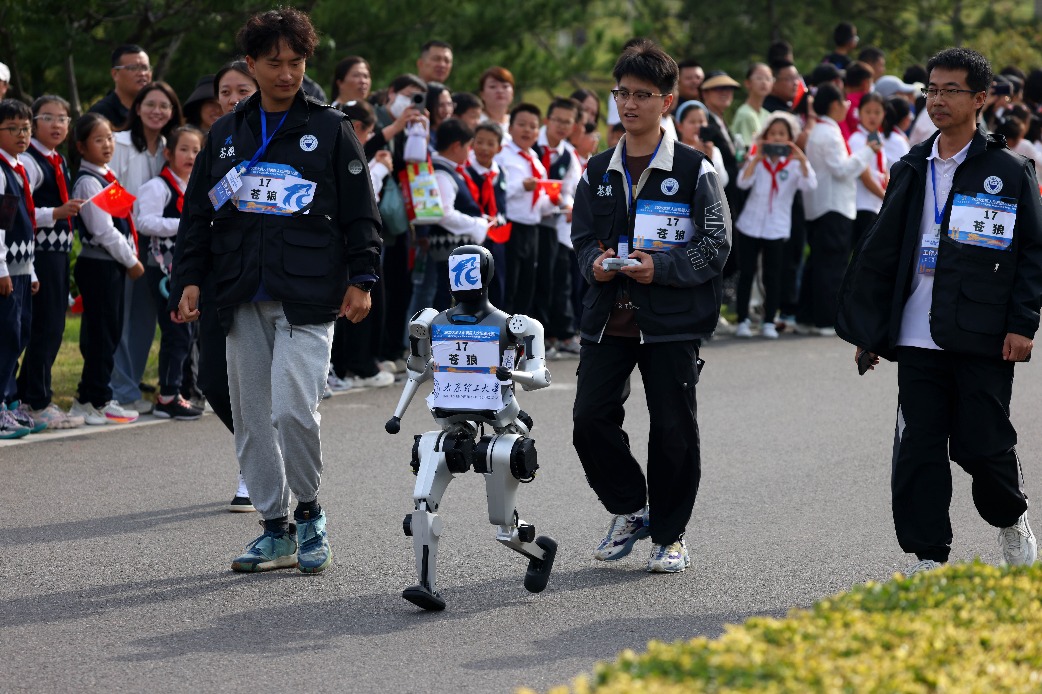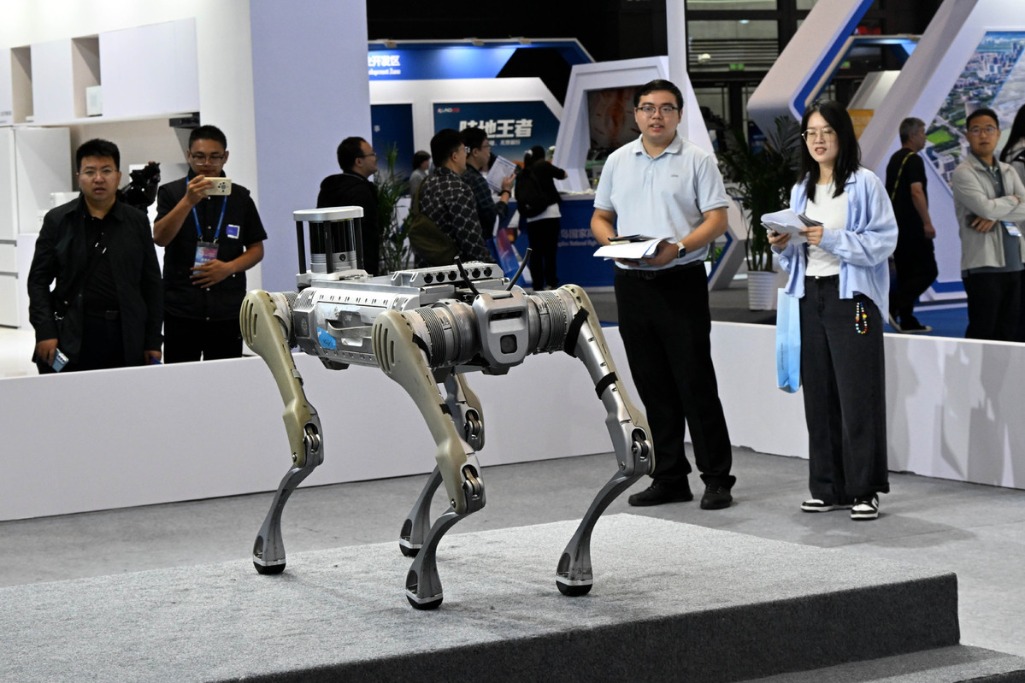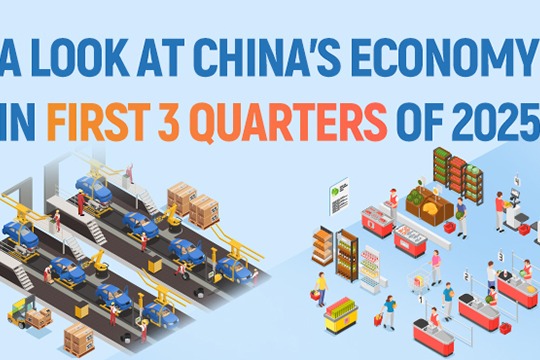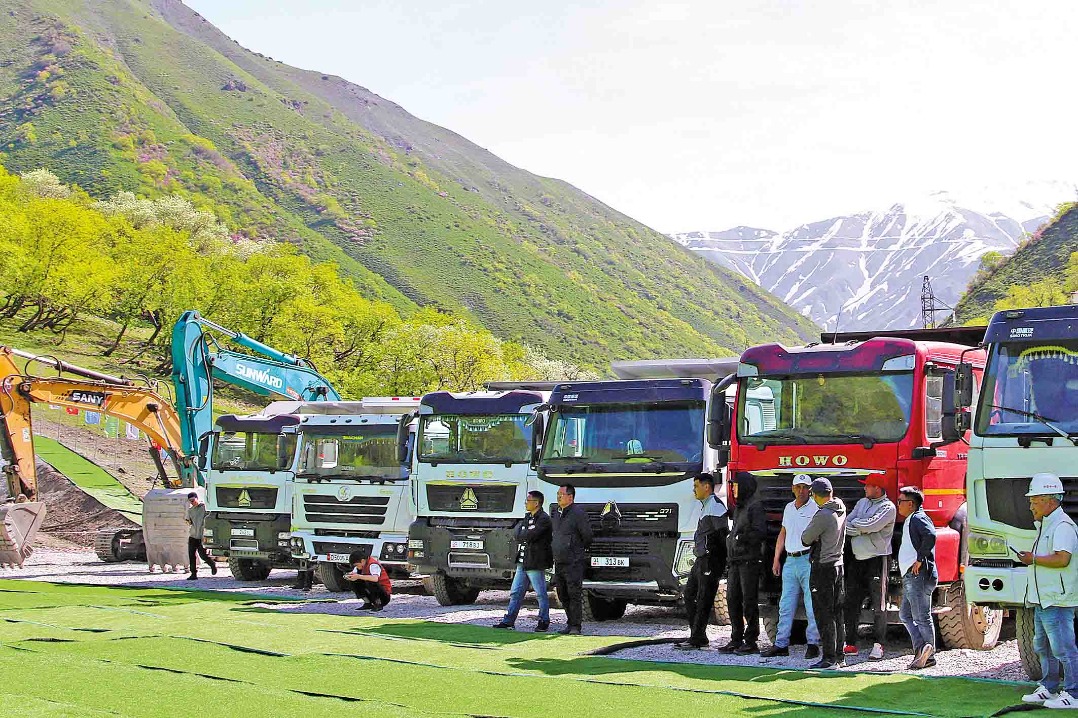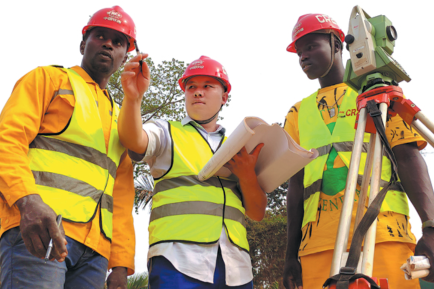Low-altitude economy empowers industries via diverse applications

TIANJIN — As a futuristic economic model gradually integrates into daily life, China's low-altitude economy is rapidly expanding, unlocking potential across sectors including emergency rescue, drone delivery, power line inspection and aerial tourism.
This momentum was highlighted at the 2025 China Helicopter Development Forum, a key event during the 7th China (Tianjin) International Helicopter Expo, hosted by the Aviation Industry Corp of China (AVIC) in Tianjin in North China.
At a photovoltaic project site in Northwest China's Gansu province, drones have been employed for image collection — identifying defects like panel damage or heat spots with over 95-percent accuracy. Such an approach features strong adaptability to extreme weather, showcasing how unmanned systems optimize traditional industries.
The sector's rise aligns with national strategic priorities. In 2024, low-altitude economy was first included in the Chinese Government Work Report — emphasizing it as a new growth engine alongside biomanufacturing and the commercial space sector. The Third Plenary Session of the 20th Communist Party of China Central Committee further outlined plans to develop general aviation and low-altitude economy, setting a clear direction for expansion.
Market projections, notably, reflect robust confidence. The Civil Aviation Administration of China estimates the industry's value will reach 1.5 trillion yuan ($211.4 billion) in 2025 and exceed 3.5 trillion yuan by 2035.
Most provincial governments have incorporated low-altitude economy into their development agenda — signaling widespread recognition of its potential.
Cities like East China's Hangzhou in Zhejiang province and Central China's Wuhan in Hubei province are spearheading initiatives. Hangzhou identified low-altitude economy as one of its five pioneering industries in the future, focusing on low-altitude industries and traffic, while Wuhan aims to build 1,000 drone hangars and an integrated management system by 2030.
Helicopters are an important part of the low-altitude economy. Gong Quan, general manager of China Flying Dragon General Aviation Co Ltd, which operates 43 helicopters, noted that China-made helicopters have demonstrated high reliability across various scenarios and will play an important role in advancing the low-altitude economy.
Gong emphasized the need to develop manned-unmanned collaborative systems for complex missions like rescue operations.
Electric vertical take-off and landing aircraft, also known as eVTOL, are also gaining traction as future urban air taxi options.
Liu Wenqi, deputy chief designer at AVIC China Helicopter Research and Development Institute, said eVTOLs excel in terms of eco-friendliness, safety, low noise and cost-effectiveness, promising broad applications.
Industry experts are urging cross-sector collaboration to accelerate development of infrastructure, research and development and operational ecosystems, to translate the potential of low-altitude economy into real productivity at an early date.
Xinhua




















